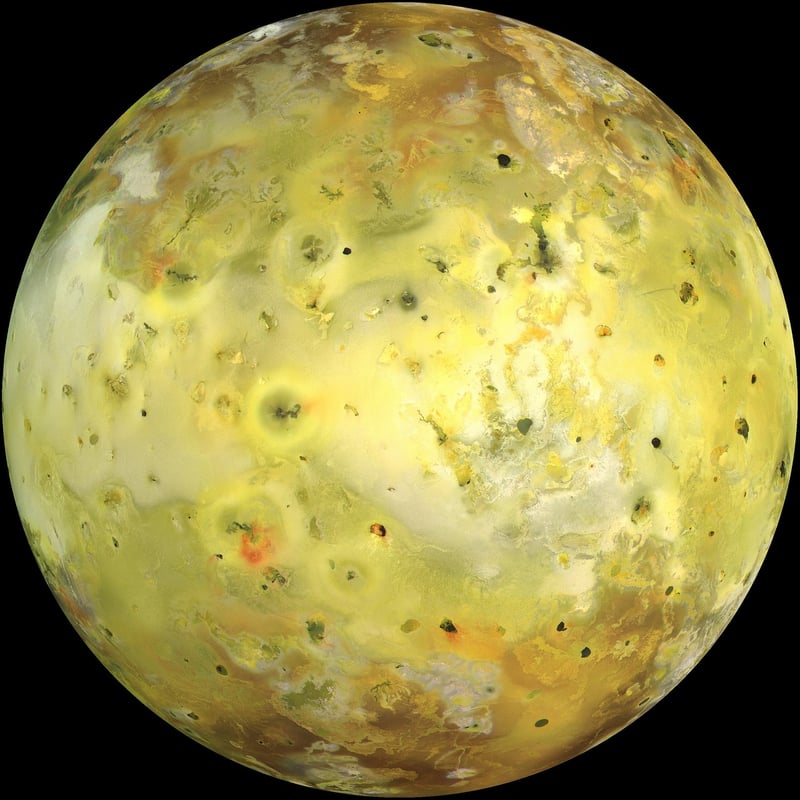Jupiter's Moons
Discover New Worlds: Exploring Jupiter's Moons
As we look up at the night sky, we are often captivated by the beauty and mystery of celestial bodies. One of the most fascinating objects in our solar system is Jupiter, the largest planet, known for its awe-inspiring size and numerous moons. In this article, we will take a journey to explore Jupiter's moons and discover the wonders of these extraterrestrial worlds.
The Four Galilean Moons
Jupiter has a vast collection of moons, but its most famous ones are the four Galilean moons discovered by Galileo Galilei in 1610. These moons are Io, Europa, Ganymede, and Callisto. Each of these moons is unique in its own way and offers a glimpse into the diverse landscapes of the outer solar system.
Io
Io is the innermost of the Galilean moons and is known for its volcanic activity. It is the most geologically active body in our solar system, with hundreds of volcanoes that spew sulfur and other materials into space.
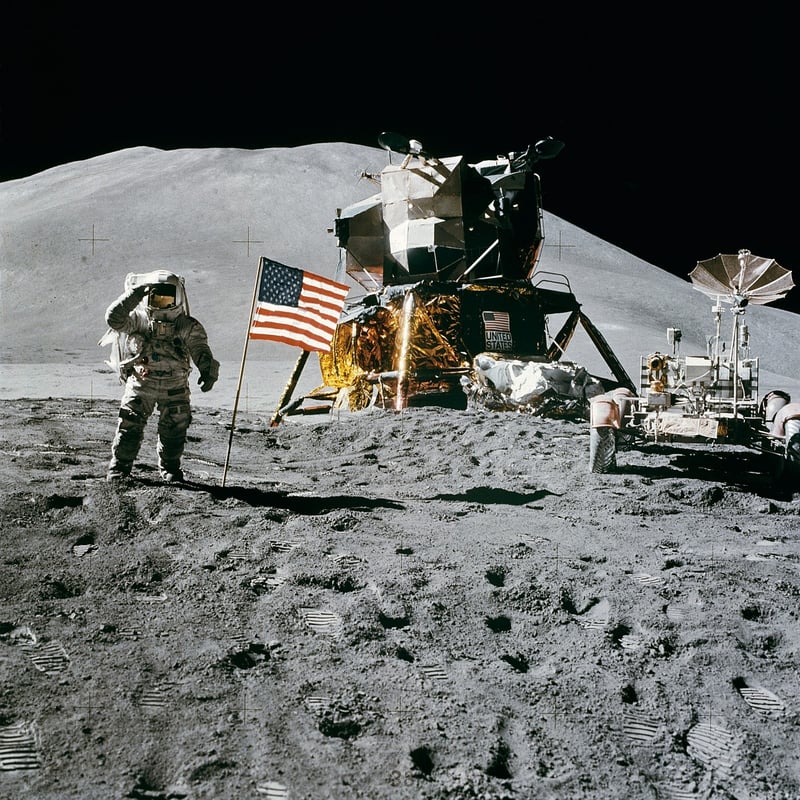
Europa
Europa is a moon shrouded in ice, with a subsurface ocean that has intrigued scientists for years. It is believed that Europa may harbor conditions suitable for life beneath its icy crust.
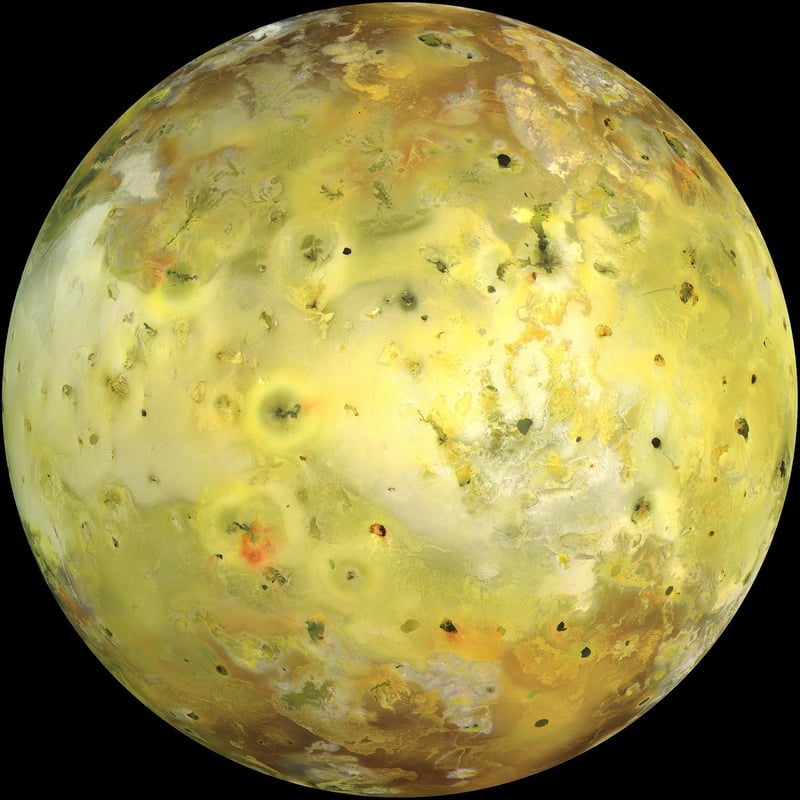
Ganymede
Ganymede is the largest moon in our solar system and is even bigger than the planet Mercury. It has its own magnetic field and a diverse terrain of grooved plains, craters, and icy regions.
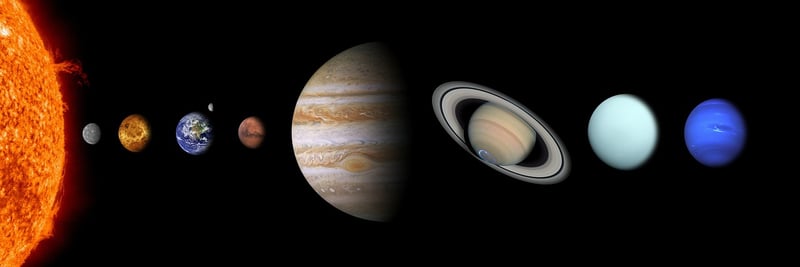
Callisto
Callisto is the most cratered object in our solar system, bearing the scars of impacts from asteroids and comets over billions of years. Its ancient surface provides valuable insights into the history of our solar system.
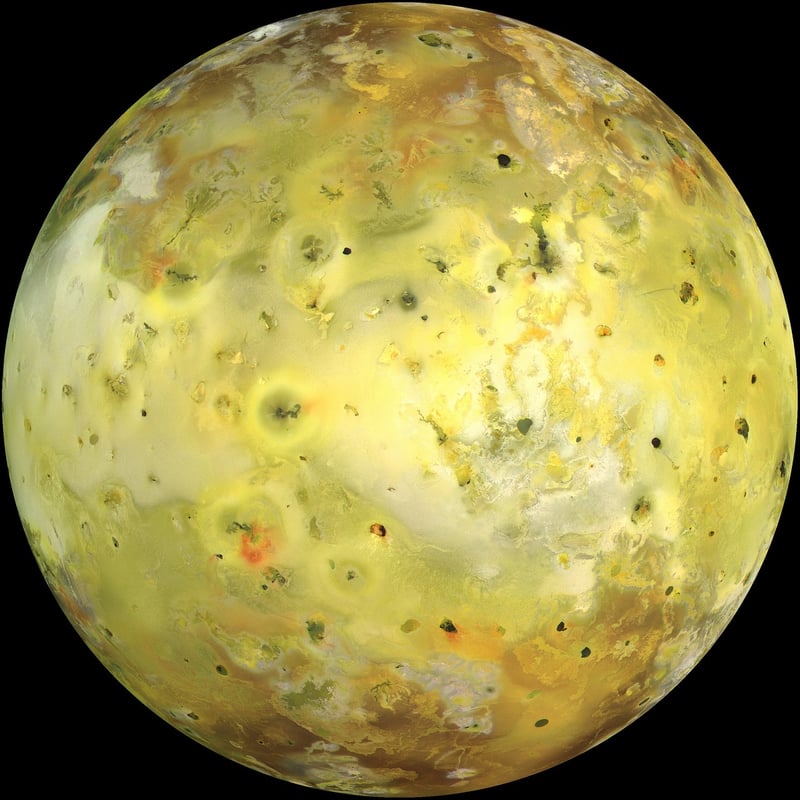
Exploring Beyond the Galilean Moons
While the Galilean moons are the most well-known, Jupiter has many more moons waiting to be discovered and explored. These smaller moons have unique features and characteristics that add to the richness of Jupiter's moon system.
Future Missions
Scientists and space agencies around the world are planning future missions to study Jupiter's moons up close. These missions aim to unravel the mysteries of these distant worlds and provide insights into the formation and evolution of our solar system.
Join us on this cosmic journey as we venture into the depths of space and uncover the secrets of Jupiter's moons, each a world of its own waiting to be explored.
References: NASA - Jupiter's Moons Overview
